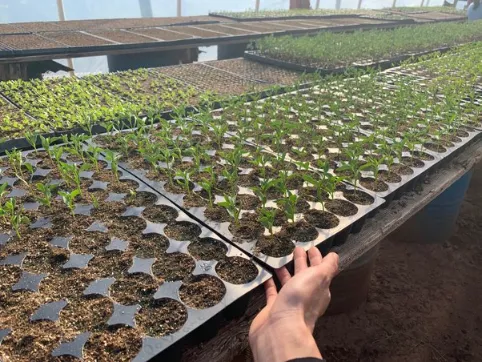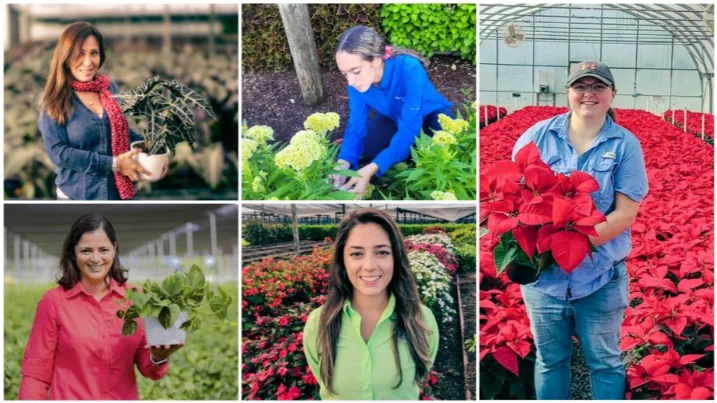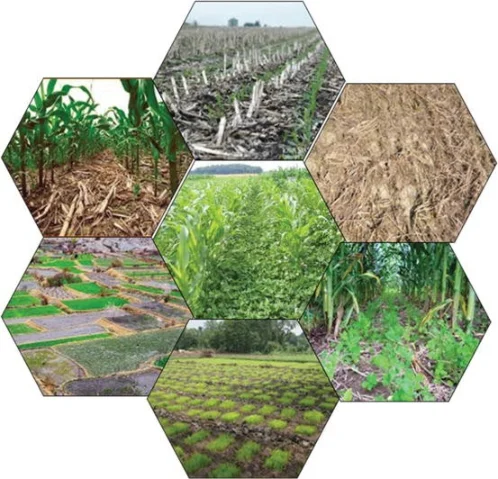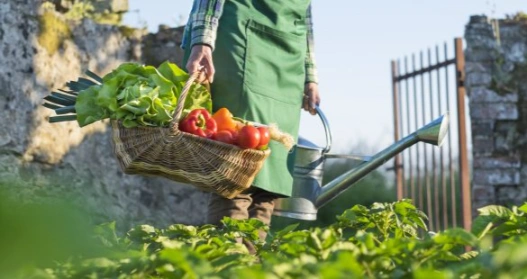“Subsistence Agriculture” definition is that to farming methods that focus on meeting the farmer’s and family’s necessities rather than profiting from the market.
Subsistence Agriculture aims to provide adequate food and other goods for the farmer and their family without outside inputs or markets. Millions of people use farming to survive, particularly in rural developing nations.
Subsistence farming can improve food security, biodiversity, and cultural diversity, despite its reputation for low production, poverty, and environmental degradation.
This blog post will discuss subsistence agriculture, its benefits and cons, and several subsistence agricultural systems and practices.
We will also discuss improving subsistence farming to achieve sustainable development.
The main subsistence farming methods are intensive and ubiquitous.
To grow food and animals on small plots, intensive subsistence agriculture uses lots of labor, water, and organic fertilizers. Asian, African, and Latin American regions with masses of people, favorable weather, and fertile soil favor intensive subsistence farming.
Heavy subsistence crops include rice, wheat, maize, millet, sorghum, cassava, yams, potatoes, vegetables, fruits, and spices. Chickens, pigs, goats, sheep, cattle, and buffalo are intensive subsistence livestock.
Crops and animals generate little in broad subsistence agriculture because large regions are farmed with little labor, water, and fertilizers. Asia, Latin America, Africa, and Australia have few people, poor soils, and harsh weather, hence large-scale subsistence farming is frequent.
Broad subsistence crops include barley, oats, rye, buckwheat, quinoa, beans, peas, lentils, and nuts. Camels, llamas, alpacas, horses, donkeys, mules, and reindeer are huge subsistence livestock.

Unique Features Of Subsistence Agriculture
Subsistence Farming differs from business and industrial farming in several respects. Common to all subsistence farming are Subsistence farmers employ their own seeds, tools, animals, and labor.
They don’t buy fertilizers, pesticides, machinery, or irrigation. Many subsistence farmers don’t use modern or scientific methods when farming. Instead, they use indigenous knowledge and customs.
Production diversity and integration: Subsistence farmers grow a variety of crops and animals to provide a balanced diet and reduce crop failure and disease.
To improve efficiency and resilience, subsistence farmers produce crops and animals on the same ground. Plants feed animals, and animals fertilize plants with feces.
Agroforestry is when subsistence farmers grow trees and bushes with crops and animals for shade, fuel, wood, fruits, nuts, and animal food.
Subsistence farmers generally raise food for themselves and sell or trade a limited amount in informal or local markets and struggle to reach formal markets due to distance, transportation, infrastructure, information, credit, and laws.
Subsistence farmers face market price swings and unpredictability without much negotiation strength and adapt their farming methods and systems to local soil, climate, water, pests, illnesses, culture, customs, and preferences.
Because local or landrace plants and animals are better suited to the area and have greater genetic diversity and endurance than modified or hybrid breeds, farmers who only need to eat typically choose them.

Why Subsistence Agriculture Farming Works
Subsistence farming has several benefits, especially for impoverished and disadvantaged communities in developing countries. Here are some subsistence farming benefits:
| Benefits Of Subsistence Agriculture | Description |
|---|---|
| Food Security: | 1- Subsistence farming gives farmers and their families a reliable and easy means to eat, reducing their dependence on imports and stores. 2- Food sovereignty means individuals can pick their food and farming systems and how much they eat. |
| Biodiversity: | 1-Subsistence Farming preserves and improves the diversity of plants, animals, trees, and other living things within and between species, as well as ecosystems and landscapes. Natural systems need biodiversity to function and survive. 2- It helps the ecology with pollination, pest management, soil fertility, water quality, and climate regulation. Many indigenous and local groups depend on biodiversity for money and survival. We use its genetic material to develop and improve crops and animals. 3- Subsistence farming preserves and encourages cultural diversity by reflecting the past, values, beliefs, and customs of diverse peoples and areas. 4- Subsistence farming helps individuals share information, skills, and resources and strengthens family, neighbor, and community bonds, promoting social cohesion and togetherness. |
Issues with Subsistence Farming
Some issues make subsistence farming less useful and vulnerable to hazards and dangers. Problems with subsistence farming include:
Poor income and productivity characterize subsistence farming. This is due to poor soils, irregular rainfall, pests, illnesses, weeds, a lack of inputs and technology, extension and financing, and market access.
Subsistence farming often requires women and children to work long hours due to low labor returns. The farmer and their family often don’t have enough food and money since subsistence farming can’t meet people’s changing requirements.

Environmental degradation:
Subsistence farming can cause soil erosion, nutrient loss, water pollution, deforestation, desertification, habitat loss, and species loss. Subsistence farming contributes to climate change and greenhouse gas emissions by burning biomass, removing land, and letting animals release methane.
Climate change consequences like droughts, floods, heat waves, storms, and pests can also diminish subsistence farming production and increase losses.
Subsistence farming typically leads to poverty, ignorance, starvation, disease, lack of education, health care, infrastructure, safety, and representation.
Powerful groups like landlords, traders, enterprises, and governments can discriminate against and exploit subsistence farming. Subsistence farming is also struggling because young, competent workers are fleeing for cities and modernization.
Survival Subsistence Farming Examples
Subsistence farming varies by location, environment, and culture. Here are some subsistence farming gear and methods:
Shifting cultivation is vast subsistence farming that involves slicing and burning a plot of land and farming it for a few years until the soil fertility diminishes. Farmers move on to another plot and let the previous grow again.
Shifting agriculture is used by millions throughout tropical and subtropical Asia, Africa, and Latin America. Slash-and-burn, swidden, and jhum farming are additional names for shifting cultivation.
“Pastoralism” is large subsistence farming in which cattle, sheep, goats, camels, and yaks are herded on natural or partially natural pastures and relocated annually or regularly to find fresh water and food.
Millions of Asian, African, and Australian pastoralists work in dry and semi-dry regions. Pastoralism is also called wandering, transhumant, and agro-pastoral agriculture.
Related Posts:
How To Make Your Own Fertilizer For Jasmine Plant And Benefits
How To Grow Plums At Home: Variety, Planting, Care Tips & Harvesting
Homemade Fertilizer For Palm Trees: Benefits, Nutrients & Best Ingredients
How To Grow Pomegranate From Cuttings: Major Steps, Tips & Tricks

Meet Our Expert Agricultural Administrator
Welcome to agrigreenhands.com, your dedicated hub for all things related to agricultural farming. Leading the way in our commitment to sustainable and innovative practices is Jawad Hussain, our esteemed administrator with a profound background in agriculture….


